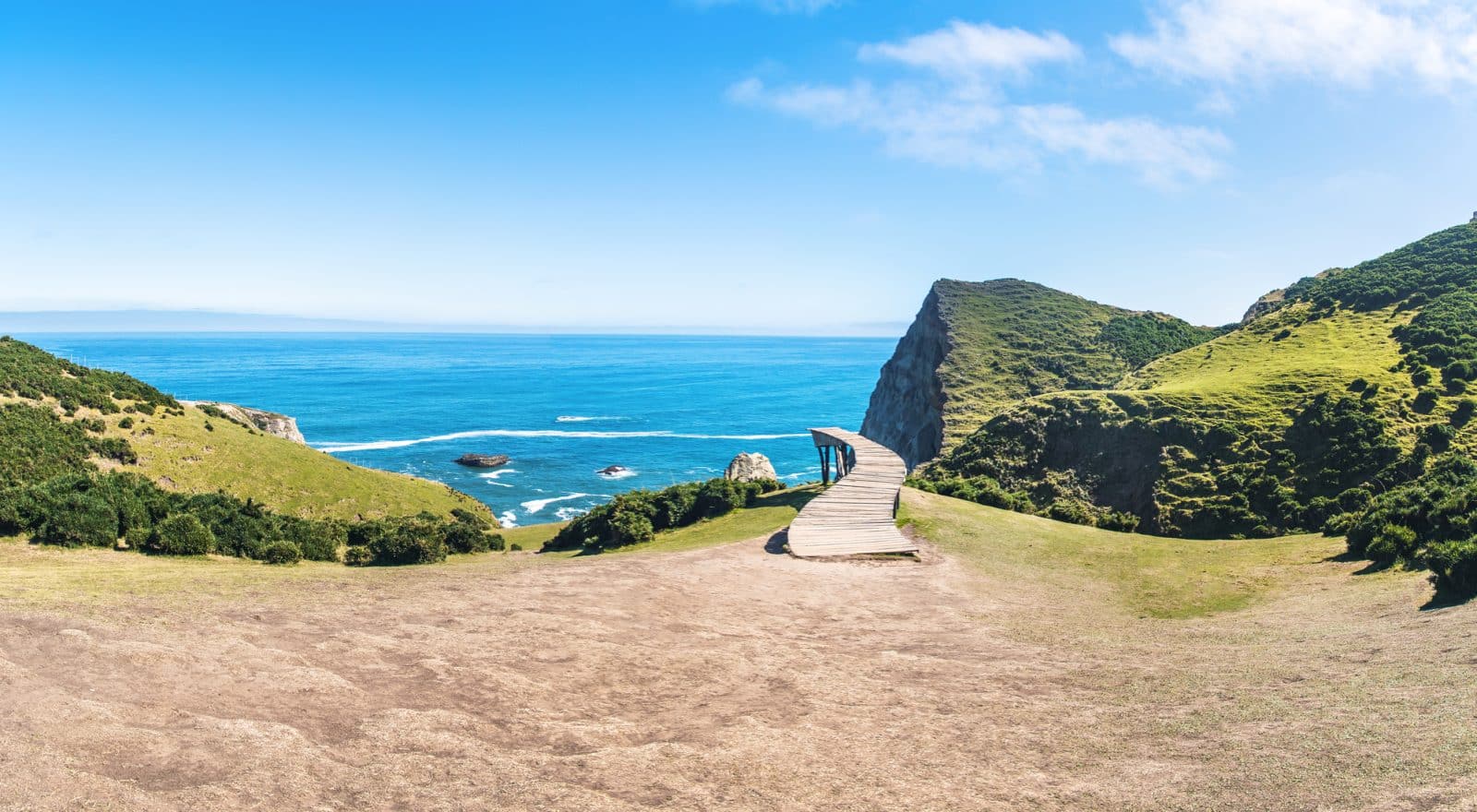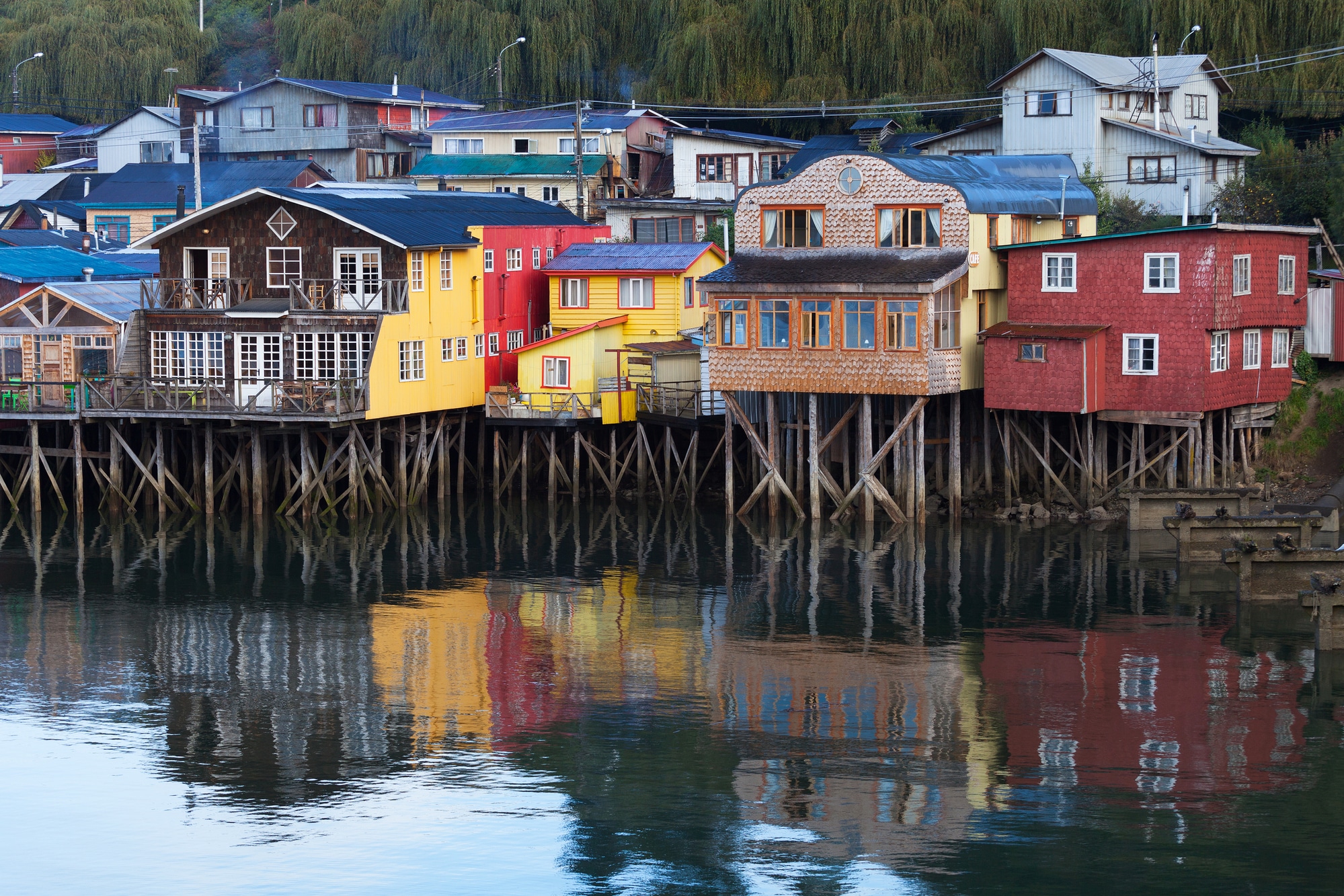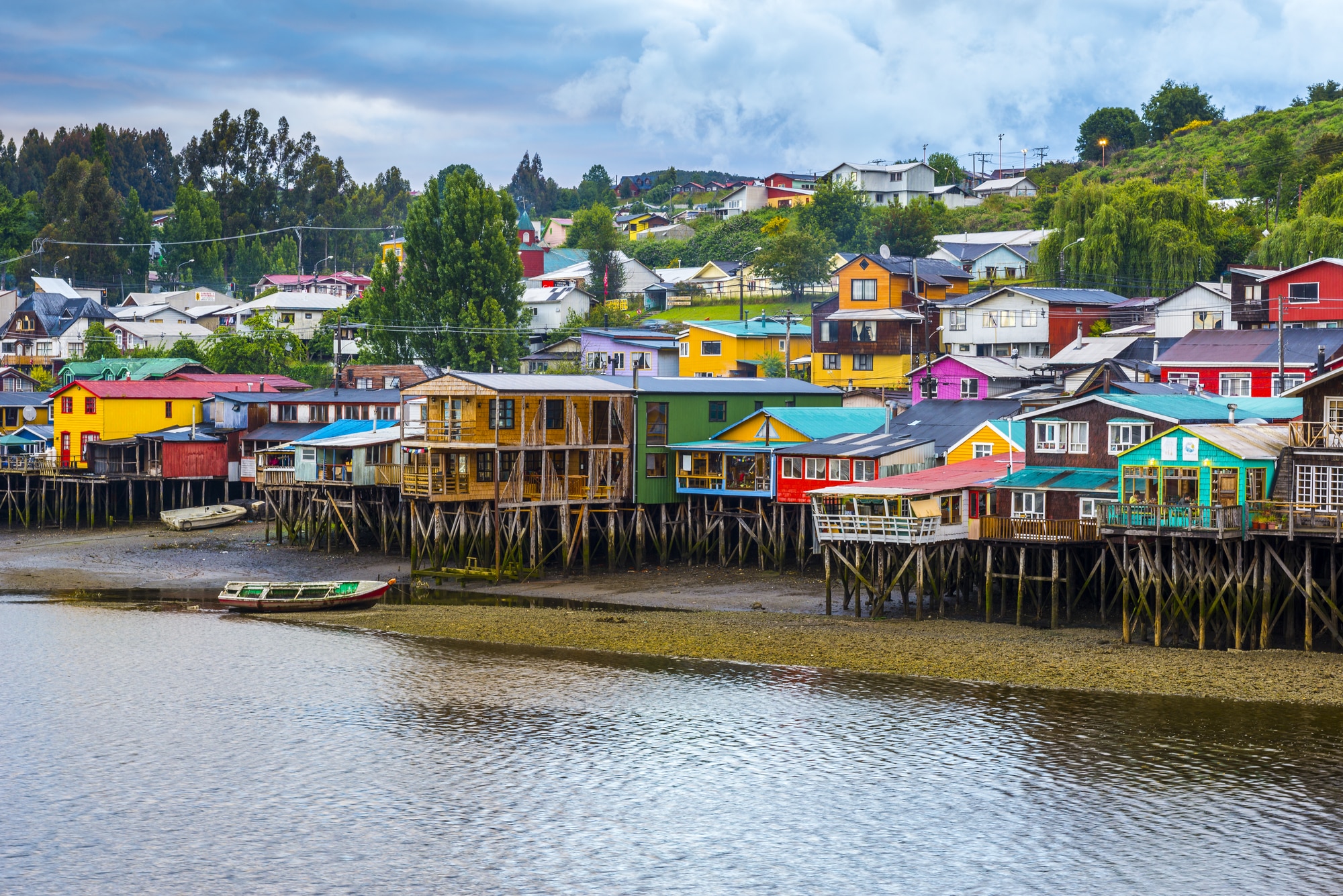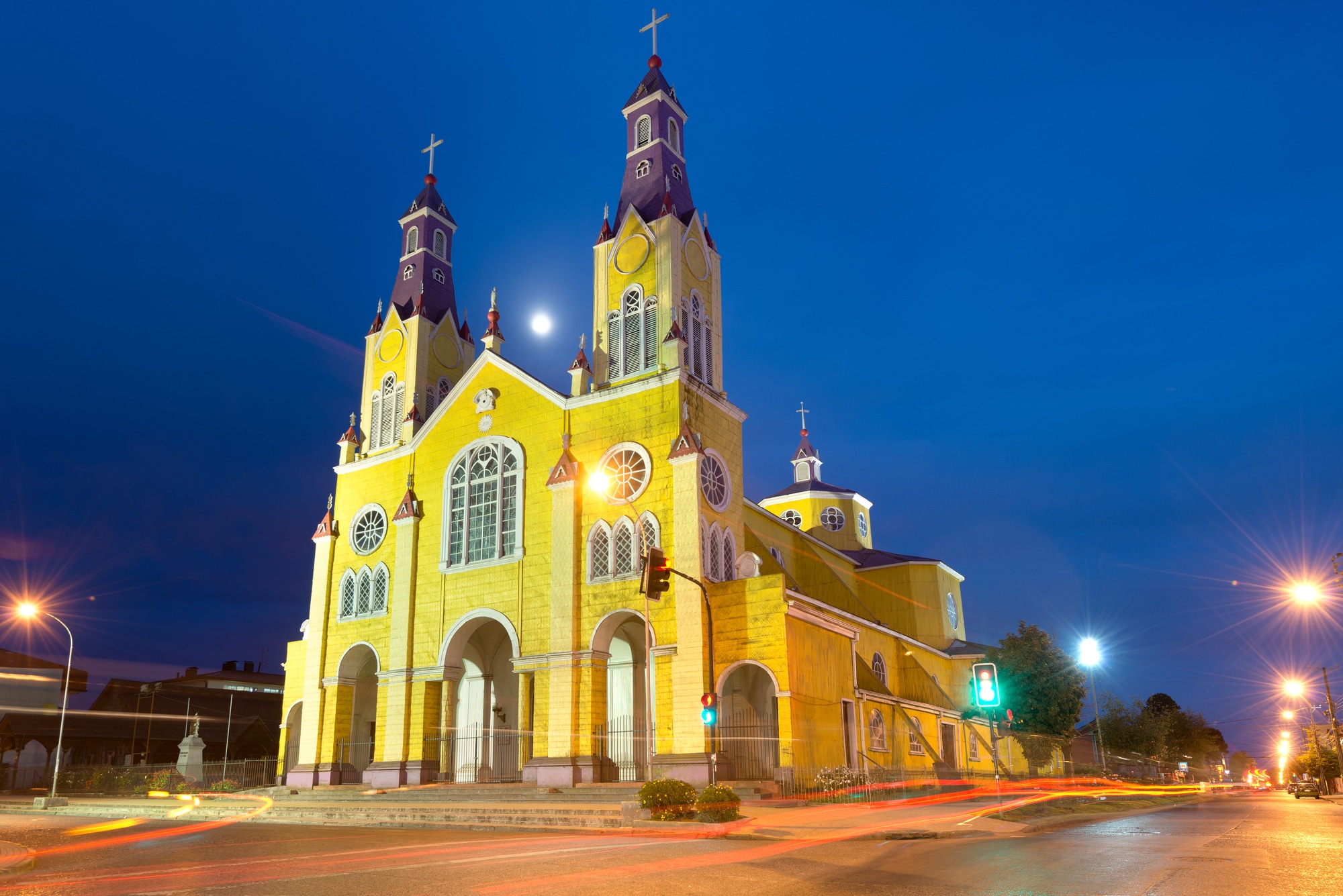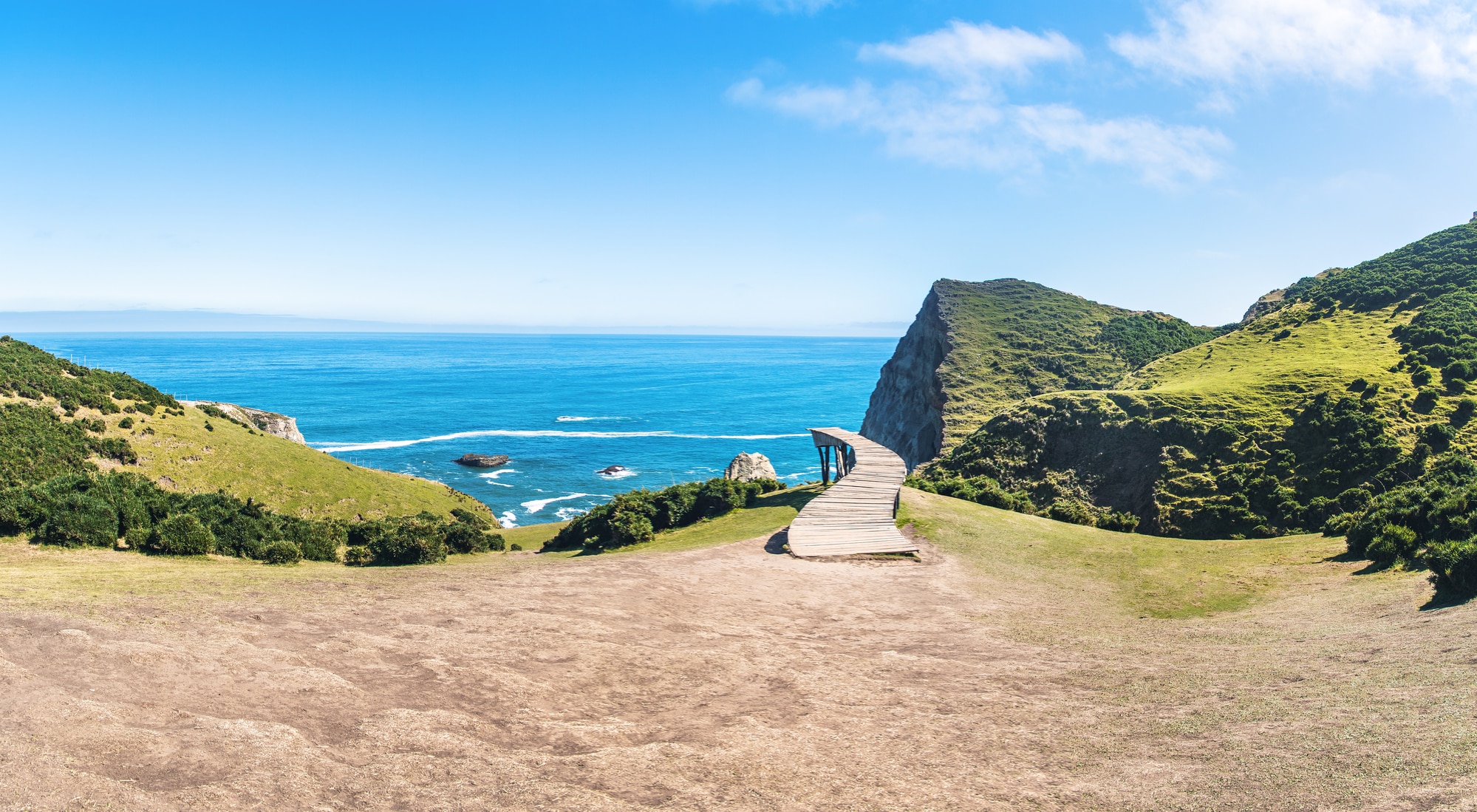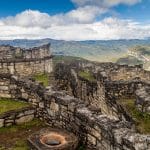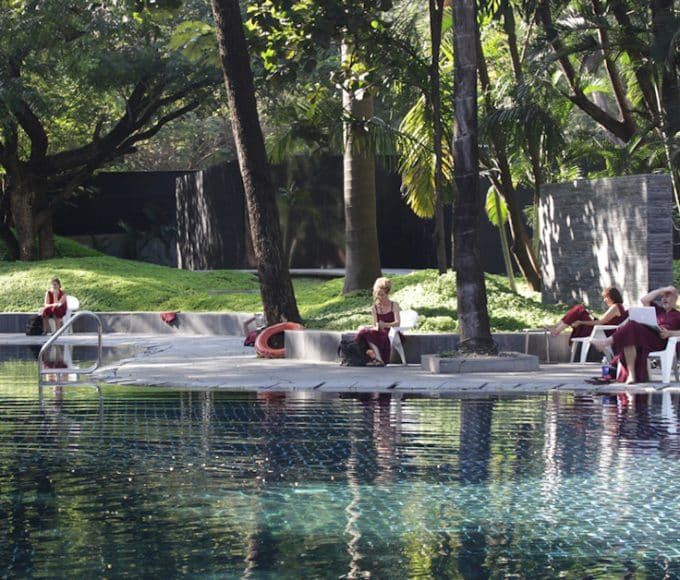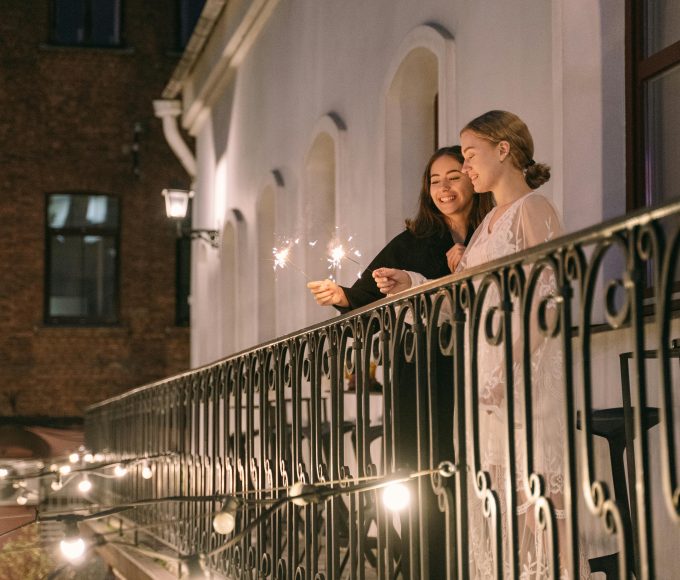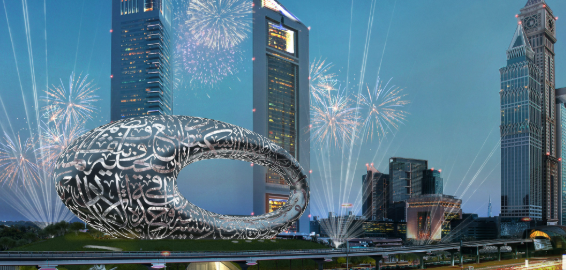Nestled off the southern coast of Chile, Chiloé Island is often described as a place where the enchantment of folklore, the warmth of its people, and the rugged natural beauty of the region are woven together by the hands of history and culture. Upon arrival, one is immediately enveloped by the misty air and verdant landscapes, a prelude to the island’s rich tapestry of experiences.
Chiloé, the second-largest island in South America, is reached predominantly by ferries that cross the Chacao Channel. These ferries have been the traditional vessels connecting the mystical land to the mainland, a journey often accompanied by the playful antics of sea lions and dolphins that are sighted in the surrounding waters.
The architectural heritage of Chiloé is most notably defined by the iconic wooden churches that dot the island. Built in the 18th and 19th centuries, these 16 UNESCO World Heritage Sites have been preserved through the efforts of the local communities. The churches, constructed entirely from native timber and built on the sweat and determination of the Chilote carpenters, stand as monuments to the unique fusion of European and indigenous architectural designs.
The palafitos, traditional stilt houses perched along the coast, paint a picturesque scene in the town of Castro, the island’s capital. These colorful dwellings, reflected in the tranquil waters at high tide, have been captured in countless photographs and are emblematic of the island’s unique way of life.
The culinary landscape of Chiloé is rich with the bounty of the sea and the island’s fertile earth. Curanto, a traditional dish that is a must-try for any visitor, is prepared in a hole dug into the ground, where seafood, meat, potatoes, and vegetables are steamed together over hot stones. This communal meal, often enjoyed during local festivities, is a testament to the island’s social and gastronomic traditions.
Exploration of Chiloé’s natural splendors is also encouraged. The island’s numerous national parks and reserves are sanctuaries for a diverse array of wildlife and plant species. The Chiloé National Park, situated on the western coast, is especially renowned for its lush Valdivian temperate rainforests and a network of trails that invite hikers to immerse themselves in the unspoiled beauty of the region.
A mystical aspect of Chiloé is found in its rich folklore, woven into the fabric of daily life. Legends of mythical creatures like the Trauco, a forest spirit, and the ghost ship Caleuche are passed down through generations, adding to the island’s enigmatic allure. These tales are a tribute to the island’s deep cultural roots and the imagination of its people.
Throughout the year, numerous festivals are celebrated with great fervor on Chiloé. The minga, a community event where houses are literally moved by neighbors working together, often attracts curious observers. Such traditions have been maintained, showcasing a community spirit that has survived the modern age.
Sustainability and preservation are emphasized on Chiloé, with eco-tourism being fostered to protect the island’s delicate ecosystems. Visitors are encouraged to engage with the island’s environment thoughtfully, ensuring that it remains as pristine and enchanting for future generations.
As dusk falls on Chiloé, the sunset is said to bathe the landscape in hues of gold and crimson, a daily spectacle that is peacefully observed from the shores or the rolling hills. The nights are often clear, allowing for stargazing that rivals the luster of any mainland observatory.
A visit to Chiloé Island is often recounted as an experience that lingers long in the memory. The island’s charm, the tenacity of its people, and the echo of its myths seem to be carved into the very wood of the iconic churches and the winds that sweep across the Pacific. In a world where the pace of life can be all too frantic, Chiloé stands as a bastion of tranquility and timeless allure, where the past is revered and the future is approached with a quiet confidence.

